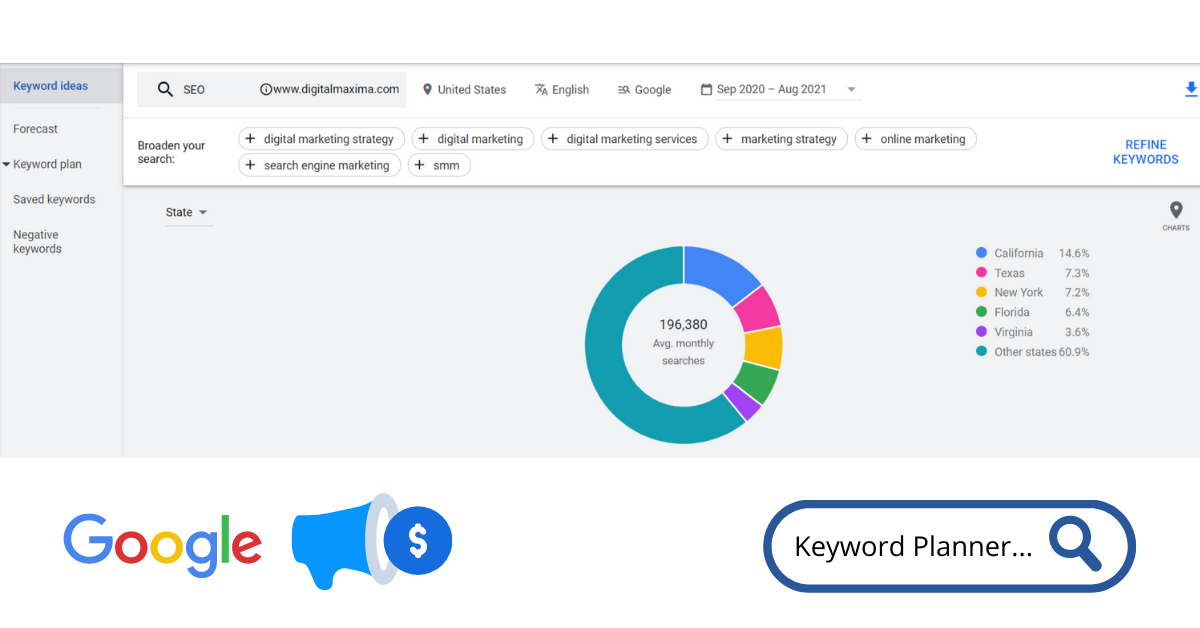If you want to get a running start to your PPC campaigns and you intend on building strong keyword lists, then you should consider checking out Google Keyword Planner. It’s a Google Ads’ free-to-use feature that helps you generate bid estimations and keyword ideas so that you can come up with effective marketing strategies. This article will highlight how you can use the Google Keyword Planner Tool to do your keyword research. Learn more about SEO and Its Importance in Businesses in this article from Business Tech Today.
Step One: Accessing the tool
For starters, you need to open a Google Ads account before you can start enjoying what Google Keyword Planner has to offer. Once you’ve opened a Google Adwords account, click the wrench icon at the top (labeled tools) and then pick the “Keyword Planner” option. You will find two different tools; “Get search volume and forecast” and “Discover New Keywords.” These are enough to help you generate numerous potential keywords.
Step Two: Choose Your Tool
At this point, you’ll need to choose one of the two primary tools found within Google Keyword Planner. Here’s how to use both of them:
Discover New Keywords
This tool is specifically designed to help you find new keywords. Keep in mind that the value you’ll get at this stage will largely depend on the kind of information you input. It would help if you were very strategic. The phrases and words that describe your organization or business should be placed in the “Start With Keywords” section. You’re allowed to enter multiple keywords here.
Search Volume and Forecasts
Those who have already managed to develop a substantial list of keywords will find this very useful. Yes, it’s not designed to generate potential keywords, but you can use it to check the search volume of the keywords you already have.
Step Three: Filtering and Sorting of Results
This stage is where you filter your list of generated keywords and identify the key terms that’ll best suit you. The “Keywords Results Page” is where both tools will lead you to. There are four targeting options at the top of this particular page: date range, search networks, Language, and Location, and these features will provide you with a good amount of filtering solutions.
Step Four: Analyzing the Keyword Ideas Section
Once you’ve found the keywords that’ll best suit your business, you can break down the others that are left. “Keyword (by relevance)” will give you the keywords Google considers relevant to the URL or keyword you typed in. Keep your eyes peeled for seasonal keywords.
Step 5: Choosing the keyword
Once you’ve understood how to use the options, features, and tools on the Google Keyword Planner, the last thing you’ll need to know how to do is find the potential keywords that’ll best suit your site. This is not as easy as it seems. However, the most important thing you need to do here is going for the broad keywords.
Takeaway
The perfect keyword will help you get your desired Google search rankings. Hopefully, now you know how to find them.






